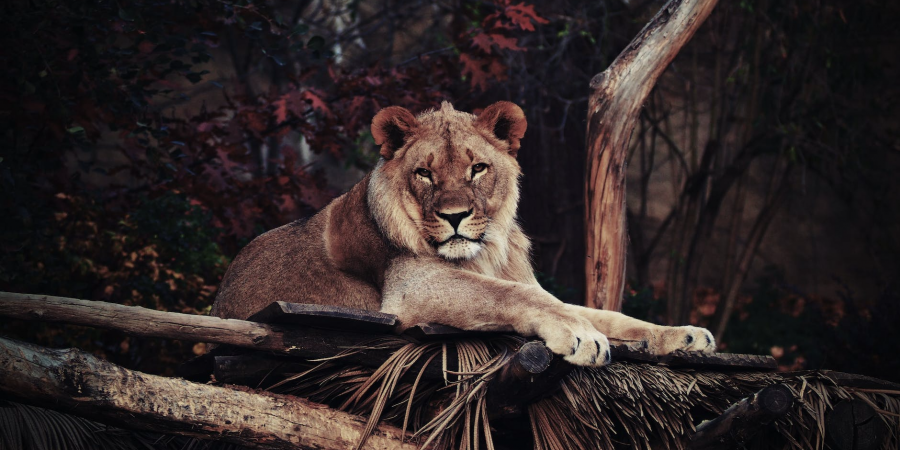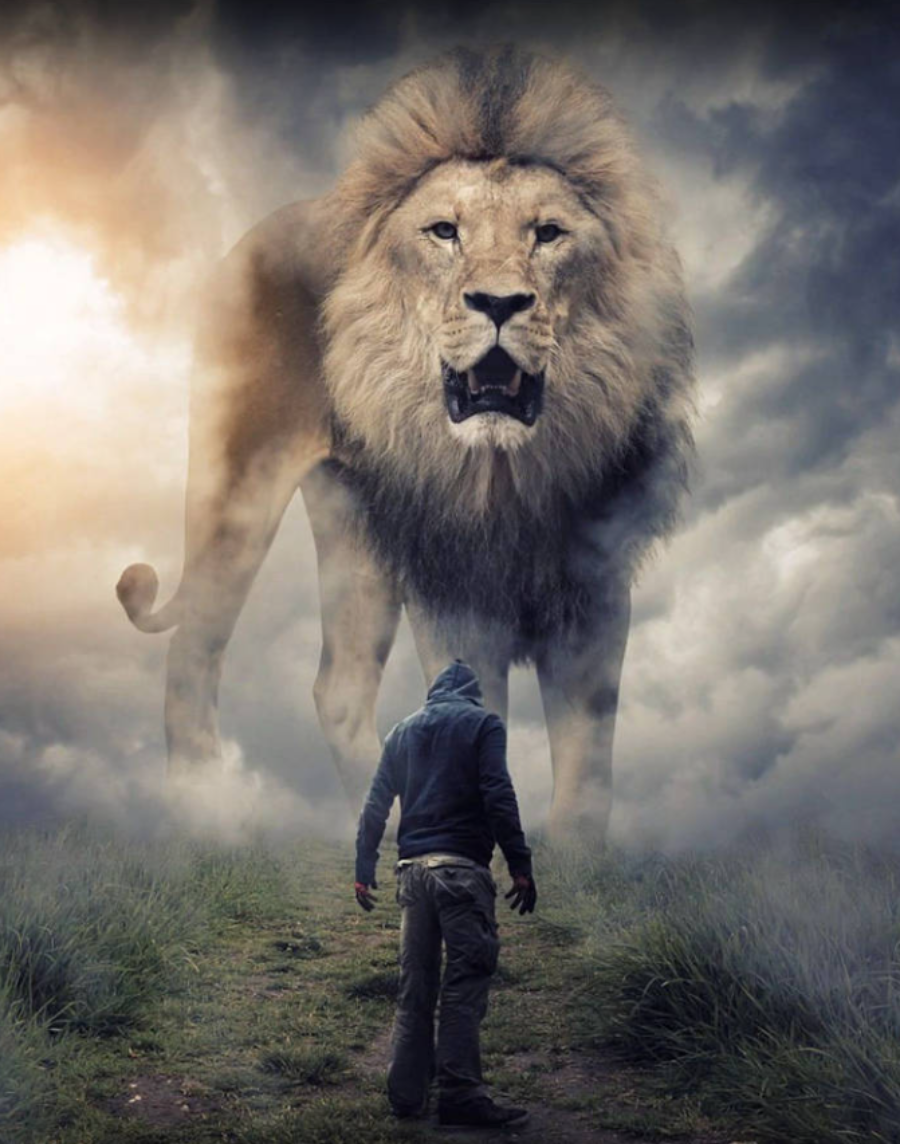

By delving deeply into the fascinating similarities between two very different species—humans and lions—"Mane Connections: Exploring the Roaring Resemblance Between Humans and Lions" takes readers on a thought-provoking journey. The play on words in the title sets the tone for an investigation of the traits, actions, and symbolic meaning that unite these entities in a web of intriguing relationships.
The song "Mane Connections" fundamentally cleverly blends the words "mane," which refers to the noticeable hair surrounding a lion's face, and "connections," which denotes a network of linked characteristics. As a result, the title alludes to a story that delves deeper than meets the eye in an effort to reveal the universal themes that unify lions and humans.
The term "Roaring Resemblance" has two meanings: it refers to the strong vocalization of lions, but it also alludes to the strength, bravery, and primal instincts that humans and lions share; the roar, an animal kingdom symbol of authority and dominance, becomes a metaphor for the shared qualities that define both species. As the story progresses, the similarities between humans and lions are explored physically; the title's use of the word "mane" highlights the hair on a human's head and calls attention to the hair surrounding a lion's face. Beyond the physical, the book moves through behavioral and social parallels, touching on themes of family dynamics, social structures, and survival instincts that are shared by humans and lions.

There's also an examination of the lions' symbolic meaning in human society. Lions are frequently used as symbols of bravery, power, and grandeur. The title suggests that these symbolic attributes are not exclusive to lions but also have an impact on human experience. Examining these common symbols turns into a prism that readers can use to consider the universal elements of the human experience.
The title also implies that the glaring similarities exist in the psychological and emotional domains in addition to the observable. It makes one consider how similar the two species' primordial tendencies, feelings, and instincts are. The pursuit of subsistence, leadership, and child protection serve as the main themes of this comparative investigation.

"Mane Connections" also piques interest in the historical and cultural relevance of lions in human society. The title alludes to an eternal story that spans time, revealing the influence of lions on the collective consciousness and the minds of humans, from ancient mythology to contemporary heraldry.
The title "Mane Connections: Exploring the Roaring Resemblance Between Humans and Lions" concludes by offering a thorough examination of the traits, tendencies, and symbolic meanings that unite the experiences of humans and lions. It offers a distinct viewpoint on the fabric of life shared by lions and humans, praising the innate kinship between these two amazing animals and encouraging readers to consider the deep links that lie under the surface.
